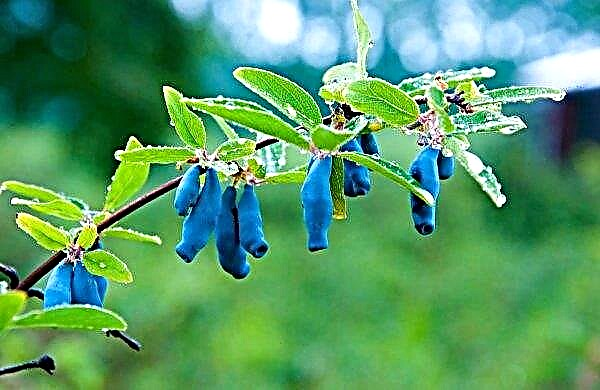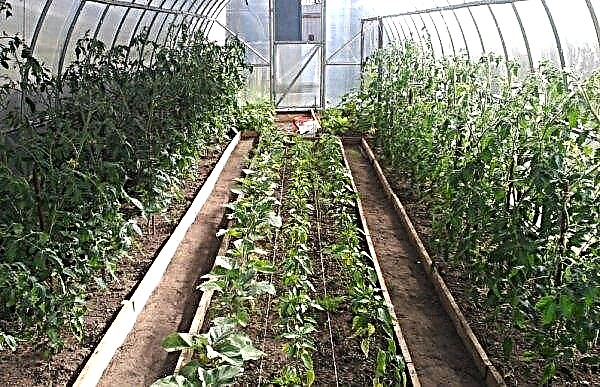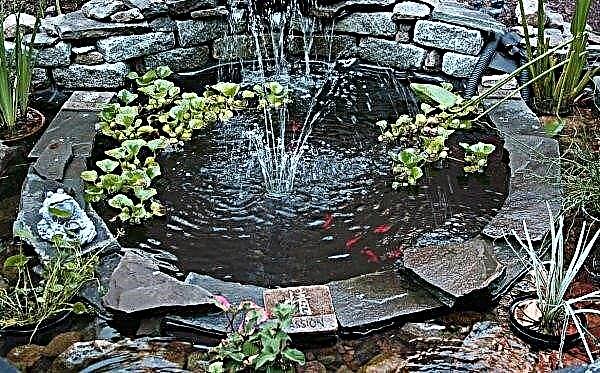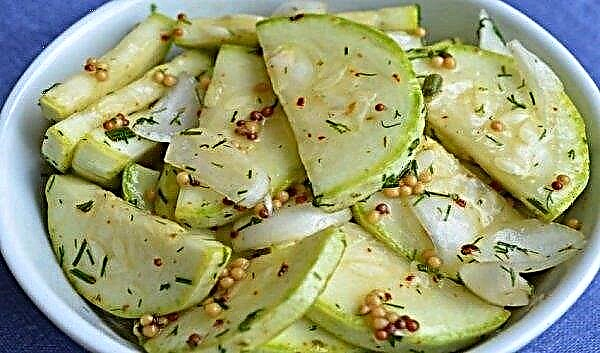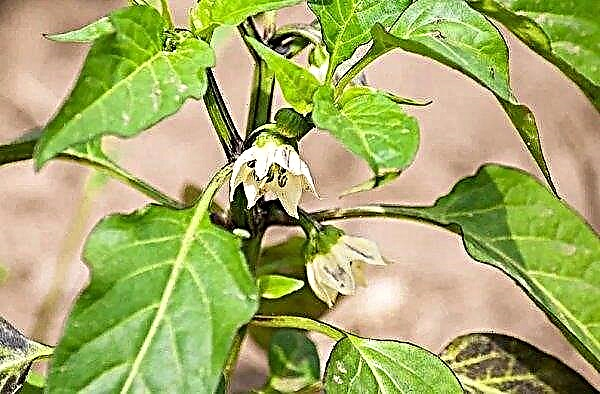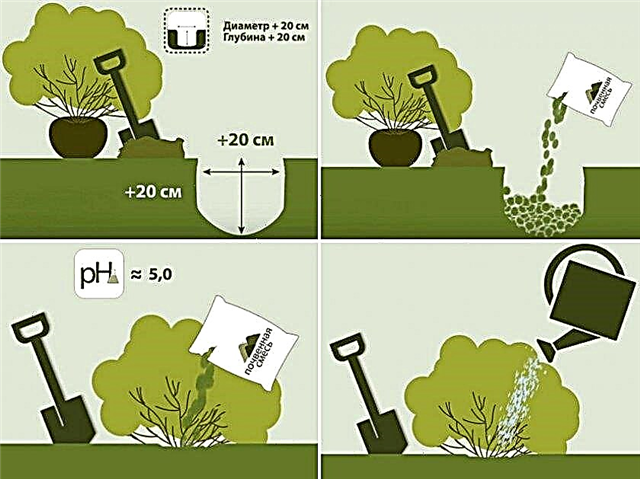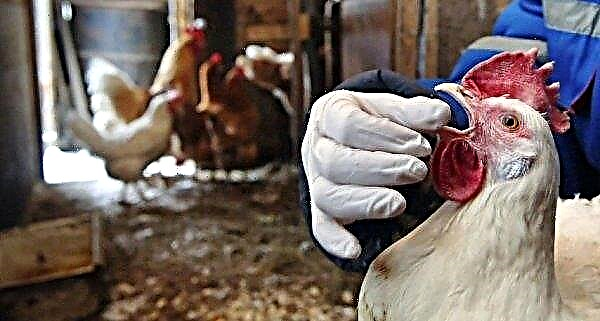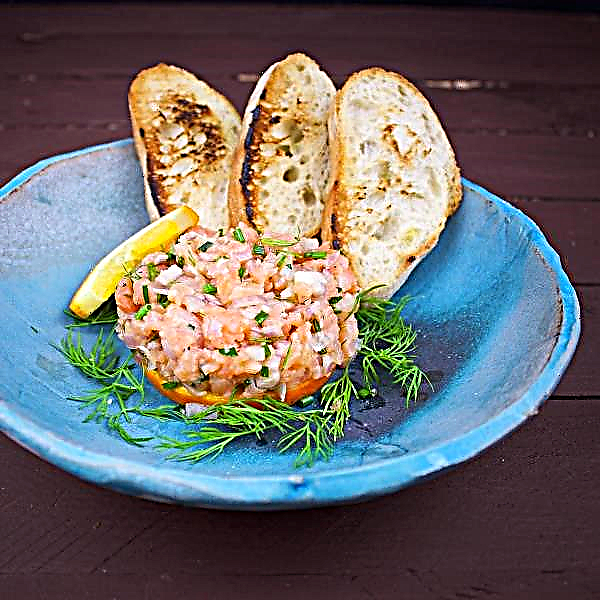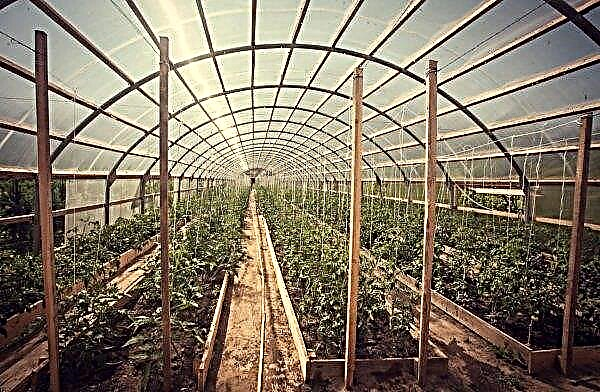Hydrangea is considered the most striking decoration of the garden. It can perfectly complement almost any landscape, and the abundance of varieties existing today allows you to choose a shrub according to individual requirements. However, not every one of them can be successfully grown in cold climates, with long winter frosts. The article describes the most successful varieties of hydrangea for growing in the suburbs, as well as options for using the plant in modern landscape design.
Suitable types and varieties of hydrangeas for Moscow region
Today, the range of hydrangeas in specialized stores or plant nurseries is quite large, so choosing the right shrub copy is not easy. Traditionally, shrub species are divided into varieties based on individual morphological characteristics. This allows you to choose the right type of plant for specific growing conditions.
Panicle
Panicled hydrangea is a tree-like and semi-spreading plant. Large elliptical or slightly ovoid leaves, 10–15 cm long, form a crown. The roots of this species lie in the upper horizons of the soil, but this does not prevent individual forms from growing to 10 m in height (exclusively in the natural environment). Moreover, the horizontal distribution boundary of the root system is often several times greater than the diameter of the crown.
The species in question blooms profusely and densely, during this period large paniculate inflorescences with a pyramidal structure, 20-30 cm long are formed. Each inflorescence consists of small flowers with four white petals; as the flowers develop, the color changes to pale pink. The average diameter of each flower is 2-3 cm.
Did you know? Hydrangea was first cultivated in ancient China, about 1.5 thousand years ago, so it is considered one of the oldest ornamental plants.
The best varieties will grow and develop in the area near Moscow will be the following varieties:
- Bobo - the dwarf form of a bush, not more than 1 m high. The main highlight is unpretentiousness to the soil microclimate. It has the largest panicle inflorescences resembling phlox.

- Mega mindy - A fast-growing shrub with a dense crown. The average height of the plant is within 1.75 m. The main difference of the variety is large panicled inflorescences of white color. By autumn, the shade of flowers gradually changes to red-pink, which gives the bush a special decorative effect.

- Dolly - a bushy plant with curly shoots of the lianar type, with the average plant height not exceeding 1.5 m. In addition to large paniculate inflorescences, the main peculiarity of the variety is the unique aroma that comes from each flower during the active vegetation phase.

Large leaf
This is a tall shrub with a compact crown, reaching 2 m in height. The crown is thick, moderately sprawling, consists of half-lignified brown shoots covered with large green leaves of an ovoid shape. The length of the average sheet is at least 15 cm.
The flowers of the plant are medium, with a diameter of about 3 cm, and consist of 4 petals of a saturated white hue. In some varieties, the color may be complemented by pink or pink-red inclusions at the edges. In some cases, the pink-red tint becomes dominant. Individual flowers are collected in groups, forming corymbose inflorescences 20 cm long.
The most popular varieties of large-leaved hydrangea for the Moscow region are:
- Fireworks pink - a remontant, broadleaf variety, characterized by double flowers. The hue of the inflorescences is deep pink, while at the base the petals are often white or pale pink.
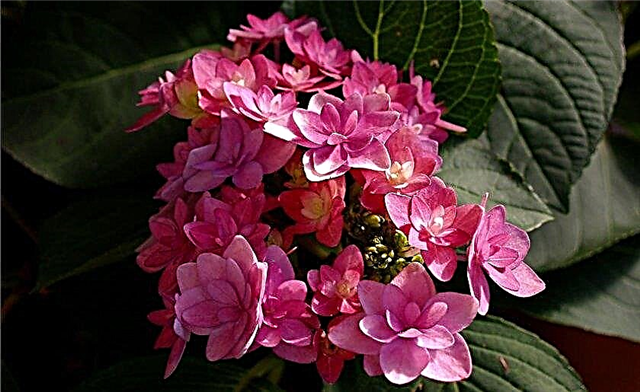
- Romance - abundantly flowering shrub up to 90 cm high, with a dense crown with a diameter of about 1 m. The variety gained popularity due to its exquisite flowering. During this period, the crown is covered with soft pink flowers collected in large corymbose inflorescences.

- Red sensation - compact shrub (no more than 1 m high), characterized by spherical inflorescences. The color of the petals is saturated red-pink, by autumn the hue changes to burgundy and pastel colors.

Tree-like
The species has established itself as unpretentious and coarse, with an average height of individual varieties up to 3 m. The crown of the representatives of this group is round, its basis is dense shoots covered with elliptical or ovoid leaves from 10 to 20 cm long. This plant feels great and is actively developing in partial shade, therefore, the species is considered the most suitable for growing in suburban areas.
The flowers of the hydrangea tree are small, with a diameter of not more than 2 cm. They are collected in small corymbose inflorescences about 15 cm long. Hue in young flowers, white or greenish. As the growing season, the inflorescences acquire a snow-white color, which at the end of flowering is supplemented with pink or pale pink tones.Did you know? The natural center of hydrangea is considered the territory of North America. Right here about 40–70 million years ago the plant has formed as a separate species.
Most often in the garden near Moscow you can meet the following representatives of the species:
- Annabelle - one of the most unpretentious varieties, characterized by minimal requirements for care. It is also extremely winter-hardy; therefore, it is most suitable for cultivation in areas with a cold subarctic climate. The plant is distinguished by large leaves, up to 15 cm long, with small spherical inflorescences of white color.

- White dome - the bush differs immediately in two types of flowers. The bulk of the inflorescences are snow-white specimens that surround several individual creamy flowers;

- Incrediball - this plant is able to tolerate almost any weather conditions and strong winds, as it has strong lignified stems and shoots. The inflorescences of the variety are round, with an average diameter of up to 30 cm. They consist of separate white or white-cream flowers, with impurities of pale yellow hues.

High varieties of panicled hydrangea
Despite the fact that hydrangea is considered a shrub of the middle and lower tier of the flower bed, this plant can successfully supplement the upper zone. This property is achieved thanks to special tall forms and tree-like shrubs capable of reaching heights of up to 3 m.
That is why in gardening this species is considered a universal ornamental plant for landscaping all types of landscapes. In addition, tall forms give the gardener not only elegant foliage, but also incredibly beautiful inflorescences. Tall forms of hydrangea should be tied up as you grow. Otherwise, the shoots and the trunk may be damaged under their own weight, or the crown will be permanently deformed.
Tall forms of hydrangea should be tied up as you grow. Otherwise, the shoots and the trunk may be damaged under their own weight, or the crown will be permanently deformed.
The tallest varieties of hydrangea:
| Grade name | Average height, m | Hue of flowers |
| Grandiflora | 2,5 | white, color gradually changes to pale pink |
| Kyushu | 2–3 | snow-white |
| Wims red | 2–3 | cream, changes to red-purple by autumn |
| White lady | 2,5 | all kinds of white tones |
| Early sensation | 2 | cream, over time the flowers become dark pink |
| Pinky winky | 2 | plum white, at the edges of the petals the shade changes to pink |
Winter-resistant hydrangeas for the Moscow region
Often, most varieties and hybrid forms of hydrangea are suitable for growing in the Moscow region. However, among them there are also the so-called varieties with increased frost resistance. Their main function is to create the necessary festivity even in gardens located in cold climatic regions. In this case, a minimum of attention will be required to provide the necessary care.
Other winter-hardy hydrangeas recommended for the climate of Moscow Region:
| Grade name | Cold resistance | Hue of flowers |
| Fraise melba | up to –29 ° С | white-green, changes over time to red-pink |
| Bombshell | up to –35 ° С | white or gray cream tones |
| Diamant rouge | up to –29 ° С | white-green, purple or raspberry |
| Limelight | up to –30 ° С | lemon white or purple |
| Pink annabelle | up to –25 ° С | pink |
| Bella anna | up to –29 ° С | dark pink |

Hydrangeas in landscaping
Due to its unpretentiousness, as well as abundant and prolonged flowering, hydrangea is considered a good choice for almost any summer cottage. In modern landscape gardening art, this plant is used for single and group plantings, and it is also planted as a central view in the garden.
Important! In regions with snowy winters, hydrangea bushes necessarily require shelter for the winter. Otherwise, even increased frost resistance will not save them from complete or partial freezing out in the climate of the Moscow region.
In the flowerbed, in most cases, such plantings are supplemented with all kinds of decorative shrubs and trees.Also, hydrangea is often used to decorate garden buildings, paths and borders. At the same time, the shrub lends itself perfectly to decorative pruning, which allows you to create truly unique plantings with individual features of the crown structure.
Hydrangea is an incredibly aesthetic and refined shrub, its main advantage is large and multi-colored inflorescences that can delight gardeners until late autumn. Today there is an abundance of varieties of this decorative species, so with success it can be grown in almost any climatic zone, including in the suburbs. However, this will require not only proper care of the flower bed, but also provide the bushes with appropriate care.










